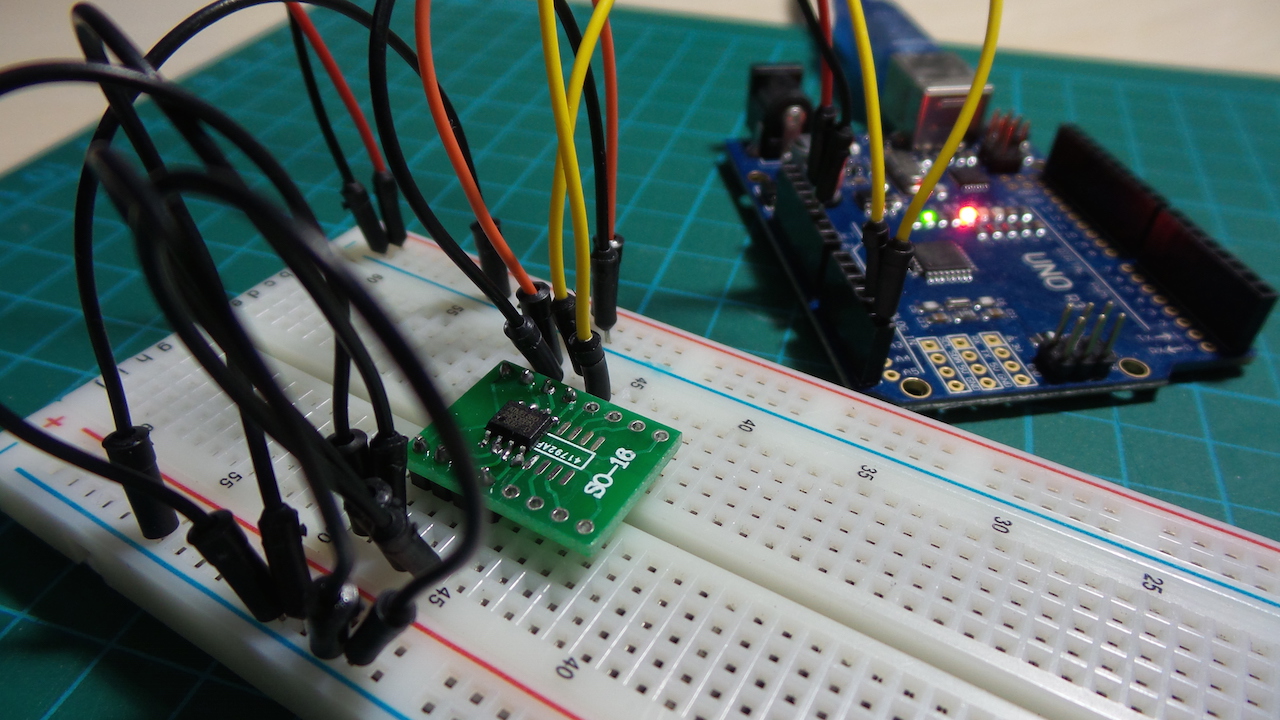
Like a PROM, an EPROM requires a special programming device.

It is part of the ROM, or Read-Only Memory, family of devices.ĮEPROMs are similar to Flash Memory, the difference being that Flash Memory is larger and uses larger data blocks. Non-Volatile Memory TypesĪn EEPROM is constructed using an array of floating-gate transistors, with two transistors per bit. Since they only store a small amount of data they don’t consume a great deal of current, making them ideal for battery and low-powered applications.ĮEPROMs were developed in the early 1970s and the first EEPROM was patented by NEC in 1975.

So where does the EEPROM fit in all of this?Ĭompared to the aforementioned memory types an EEPROM has a very small amount of storage, in fact, EEPROM capacities are commonly measured in Bits as opposed to Bytes. There are many other forms of non-volatile memory, including Flash memory, SD Cards, USB drives, hard disk drives, and SSDs.
WIRE LIBRARY MEMORY HOW TO
Specifically, we will be looking at how to use EEPROM with an Arduino.

There are a variety of different types of non-volatile memory, and today we will be examining one of them – the E lectrically E rasable P rogrammable R ead- O nly M emory or EEPROM. Nonvolatile memory, as you may have guessed by now, retains its data even after being powered-down. Once the power is removed the memory is erased. This is the “working” memory for your device, it holds temporary data used during program operation. Volatile memory is usually in the form of RAM or Random Access Memory. Computers and microcontrollers need memory to store data, either permanently or temporarily, and while this memory can come in a variety of forms it can be divided into two basic types – volatile and nonvolatile.


 0 kommentar(er)
0 kommentar(er)
